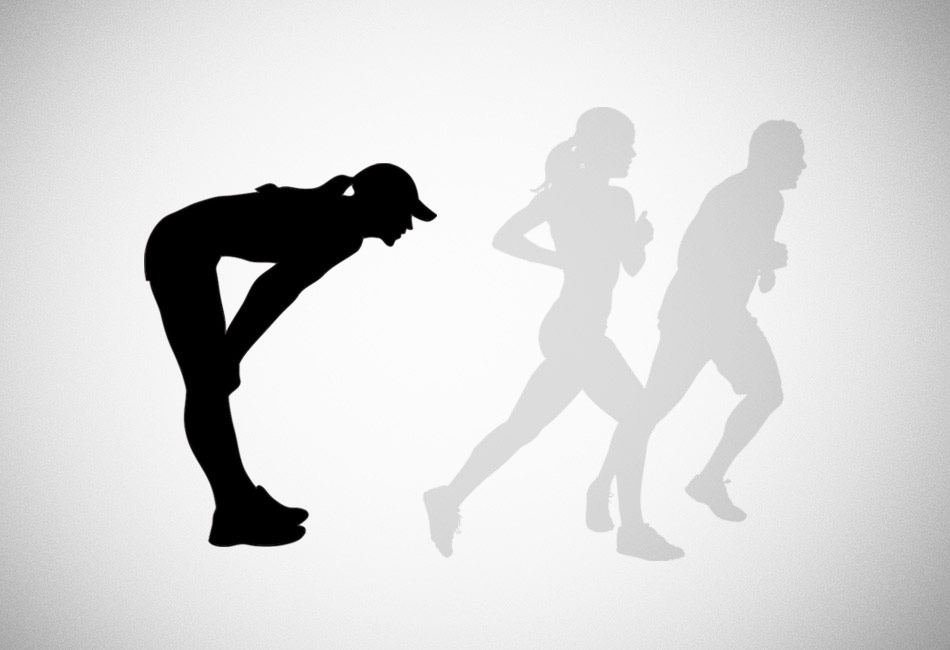
When you’re running for your life from a Velociraptor, the only thing that will determine whether you get to share the tale, at some point, with your grandchildren is whether you’re breathing hard or are really out of breath.
Yeah, consider how, for a moment, breathing is something we do from when we’re born. As a result we don’t think about it too deeply yet it’s nothing less than a miracle and when done properly it can help our physical performance as well as get us fitter, faster.
In order to learn how to breathe better we really need to know how we breathe. There is no vacuum pump in our lungs scooping in air to give us oxygen and then throwing the used up remains, out. So, the reason we can breathe in and out at all, is down to something called volumetric pressure. Think of the lungs as a balloon that takes one breath to blow up to almost full size. When we breathe in the intercostal muscles between the ribs contract and raise our rib cage. This lifts the pressure off the lungs, creates more space in our chest cavity and our lungs expand further. Suddenly that one breath we started off with is no longer good enough to keep the balloon of our example inflated. The balloon goes a little flaccid and the air pressure inside it drops.
When the pressure of the air inside our lungs is lower than the pressure of the air outside, air rushes in to make up the difference and we take a breath. Yep, breathing is actually a workout of the muscles and it burns up calories. This also helps explain why at high altitude where the air is thinner and the pressure of the air outside our lungs is lower, breathing is such hard work. The intercostal muscles need to work harder to lift the ribcage way higher to get the same effect and unless they’re accustomed to it, they get really tired (and start to hurt) and breathing becomes difficult as well as painful.
Breathing Too Much (and too little)
But back to our Velociraptor moment. As we run to get away we take in huge gulps of air to help oxygenate the muscles working to save our life. If you’ve played the hyperventilation game at school, where you take ten or twenty deep, rapid breaths and try to stay on your feet, you know that the moment you take in more oxygen than you need, you get light-headed and flushed and you could even pass out.
The body is designed to avoid that. How fast we breathe normally is the direct result of chemoreceptors found in our main arteries. They monitor the oxygen and carbon dioxide levels in our blood and tell us whether we need to breathe faster (to get more oxygen in) or slower (like when we are asleep and don’t need that much).
So the amount of oxygen found in the blood is closely related to fitness levels and exercise. When our muscles work hard they need oxygen to help convert glycogen and stored fat into energy. As a result oxygen levels in the bloodstream drop. The chemoreceptors spot that and signal the brain to let the intercostal muscles work harder and we take more breaths and we start to breathe harder.
Now, breathing hard is normal every time we run for our life or do some physical exercise. Being out of breath however is not. The amount of oxygen we can get into our bloodstream when we push our bodies hard is determined by two factors: the ability of our body to absorb oxygen and the ability of our body to distribute that oxygen where it’s needed.
The first one depends on genetics and though hard exercise, regular Velociraptor runs and HIIT training will help with some overall improvement this will be marginal. To go back to our balloon analogy, the size of the balloon that gets filled with air inside your chest, what we usually call “aerobic capacity” is determined by your DNA. Training may help you achieve a few small gains by making the lungs stretch regularly but this will not make much difference.
Which brings us to the second factor: your body’s delivery system. If the balloon inside your chest is half the size of someone else’s and they’re running beside you to escape the Velociraptor, the only way to get the same amount of oxygen to your muscles as they do, so you don’t get caught, is to breathe twice as fast.
The speed at which oxygen is absorbed from the lungs into the bloodstream and then gets transported to the muscles that need it most depends on the cardiovascular system and this you can really improve with training. The rate at which the oxygen is transported to the muscles is usually measured as litres of oxygen per minute and it’s known as VO2 max.
When the oxygen demands being made by our muscles exceed our ability to breathe in enough oxygen, our VO2 max is outstripped and we experience fatigue, dizziness and the dreaded stabbing pain of the side stitch that runners get on the right side of the body (usually) or the tip of the shoulder blade. At that point we get out of breath, we start gasping and the Velociraptor gets a meal.
It is clear then that the higher our VO2 max is the fitter we are and the harder we can physically work our bodies.
Training and Breathing
While we cannot change our genetics and seriously increase the volume at which our lungs take in oxygen, we can influence how quickly that oxygen is delivered throughout our body. The oxygen distribution system is determined by the rate at which our heart can pump blood, the speed at which the intercostal muscles can lift the ribcage (so we can take a breath) and the ability of the capillaries to dilate and carry more blood than usual to our muscles. All of these can be improved through exercise.
High Intensity Interval Training (HIIT) challenges the muscles to perform at a high rate of work and that, in turn, puts a strain on both our aerobic capacity and our VO2 max capability and helps improve it. The rhythm at which we breathe (our individual breathing technique and style, if you like) also play a part here.
You know the feeling when you’re trying to do something physically hard, you’re breathing hard as a result and you feel your own breathing works against you? That’s down to the lack of rhythm. Breathing is a physical activity in its own right and unless it I done right it can clash with how the body’s other muscles work.
Experienced athletes know when to breathe in and out so that the muscles that control breathing work in harmony with the muscles doing all the hard physical work. The breathing rhythm of sprinters who need to work at extremely high intensity for up to ten seconds at a time and that of ballet dancers who require explosive movements and sustained physical work, are good examples of getting the breathing rhythm just right. When you watch them perform they appear to not need to breathe at all.
How to
As a rule exhalations should happen at the moment when most muscles are tense and performing and inhalations should occur when muscles are at their most relaxed. This way carbon dioxide is exhaled from the body at time when the muscles are working and need to get rid of their by-products and oxygen is breathed in as they are preparing to burn fuel and work. This is why boxers frequently exhale sharply when punching, martial artists punching boards use the kiai (the martial arts cry) and tennis player like Venus Williams or Maria Sharapova grunt explosively every time they hit the ball.
Depending on what sport you do the breathing rhythm you establish is going to be different and it will depend upon the exertions demanded of you and your particular style. Having said that there are a few things you should keep in mind:
Always breathe in through the nose: (it prevents your mouth from drying out plus it filters the air for impurities that can hurt the lungs)
Try to exhale through the mouth: (particularly if you’re running, cycling or are engaged in a sustained physical activity). It helps establish a clear breathe-in, breathe-out cycle.
Monitor your breathing: Listen to your body and experiment with what works for you. Some long distance runners take a breath, run four steps, then breathe out. Properly warmed-up sprinters, running a race often need just one breathe. They breathe in at the beginning of the 100m dash, then exhale slowly over 10 or so seconds so that the entire sprint is just one, long exhalation. Martial artists and ballet dancers manage to control their breathing so precisely that they breathe in deeply during long, slow movements and then exhale forcefully through the nose (rather than mouth) when they ballistically explode into motion.
Breathe-in slower than you breathe-out: Your inhalation (when you breathe-in) should always be slower than your exhalation (when you breathe-out). There is a good reason for it. Apart from helping you develop a good rhythm (mid-distance runners frequently use the four-strides technique where they breathe in, run four strides and then breathe out) it also allows the absorption of as much oxygen as possible from each breath, before you exhale. If you ever have to “run out” a stitch you need to drop your pace a little and then take deeper breaths with slower exhalations.
Finally one handy tip: should you find yourself getting out of breath (because you’re breathing in when you should be breathing out and you can’t get enough oxygen in your lungs) try placing your tongue against the roof of your mouth while you’re breathing in. This stimulates your saliva glands, gets rid of the “cotton-mouth” effect that comes with excessive breathing. Helps get rid of the feeling that your throat is so dry that you simply cannot breathe and it makes you aware of how you actually use up oxygen.
Ultimately whether you’re going to escape the Velociraptor on your tail depends on your body’s ability to breathe hard without getting out of breath. Eventually everyone hits a wall but the longer you can keep on going before that happens, the fitter you are.

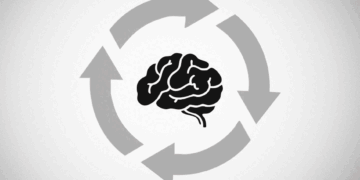
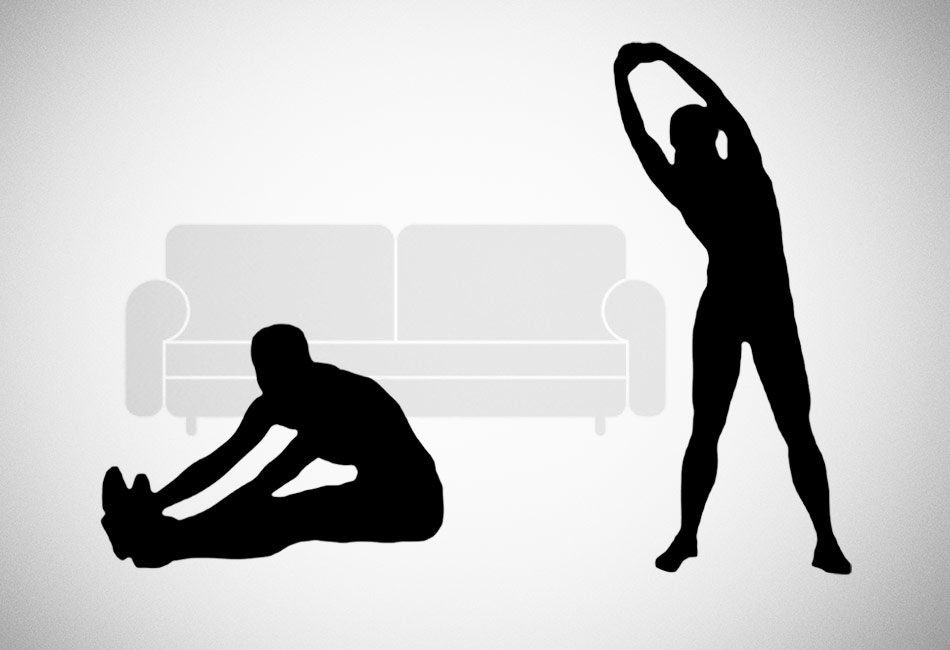
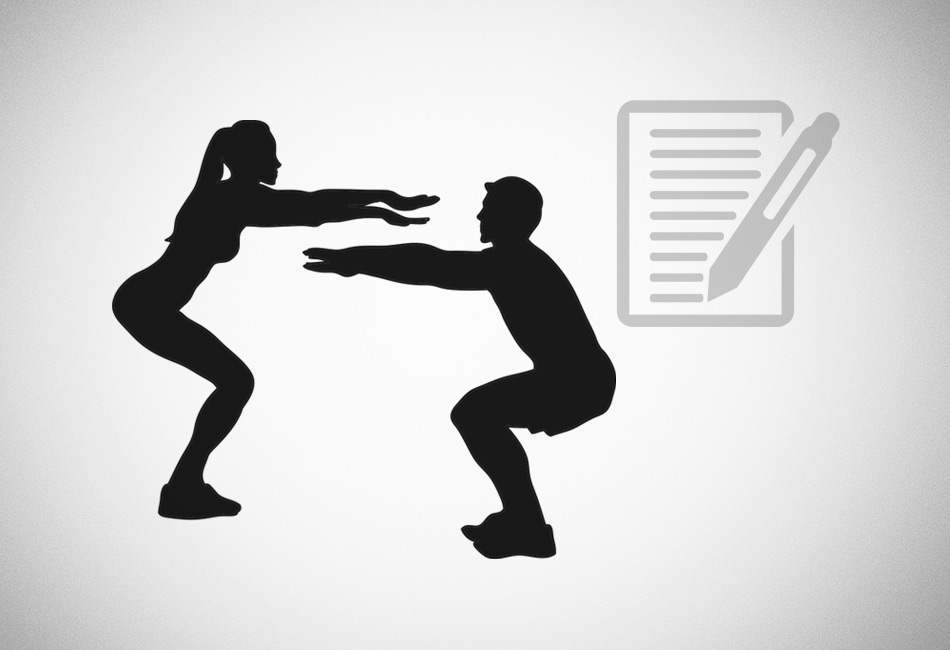
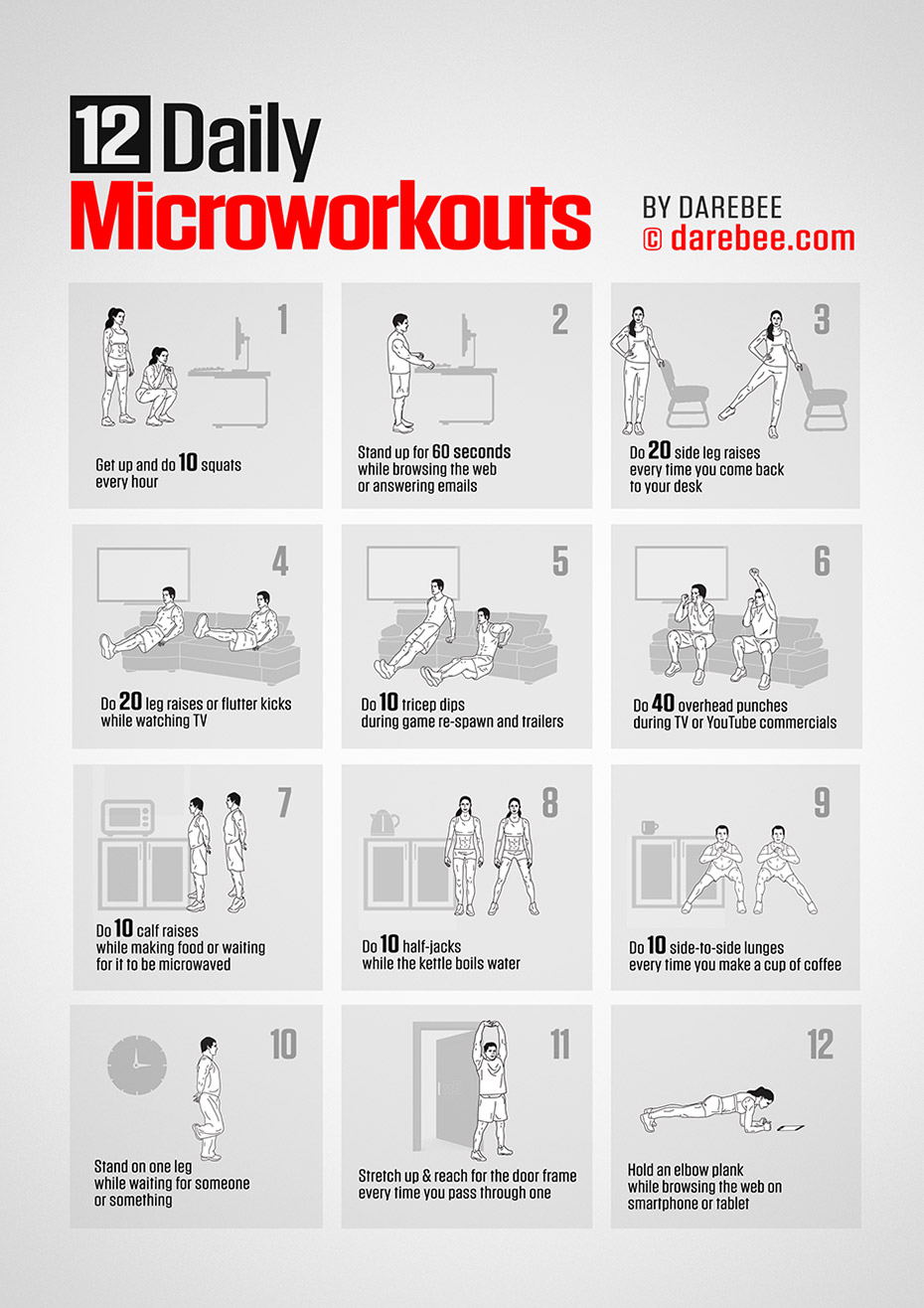
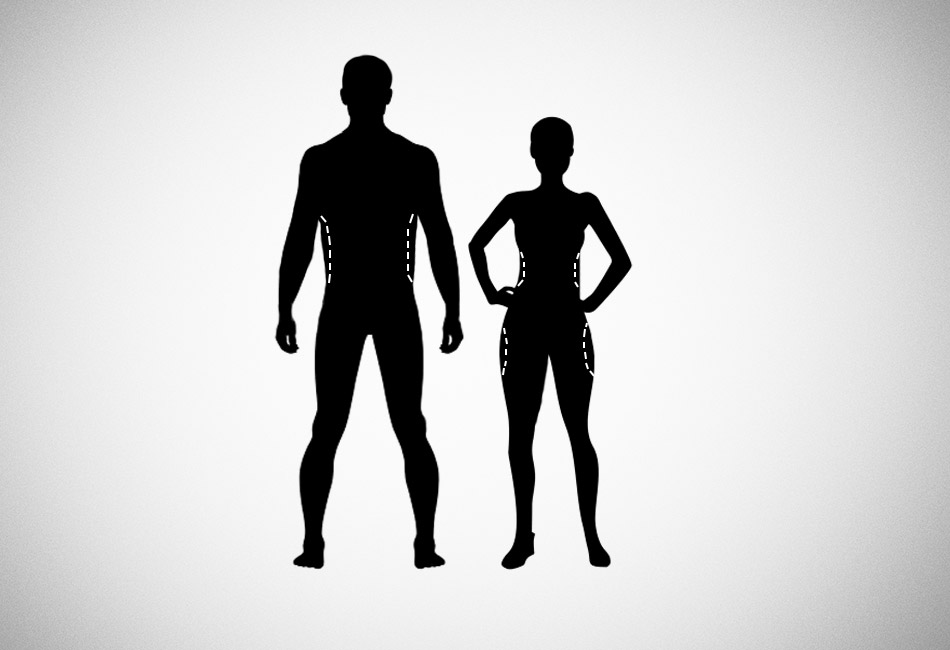
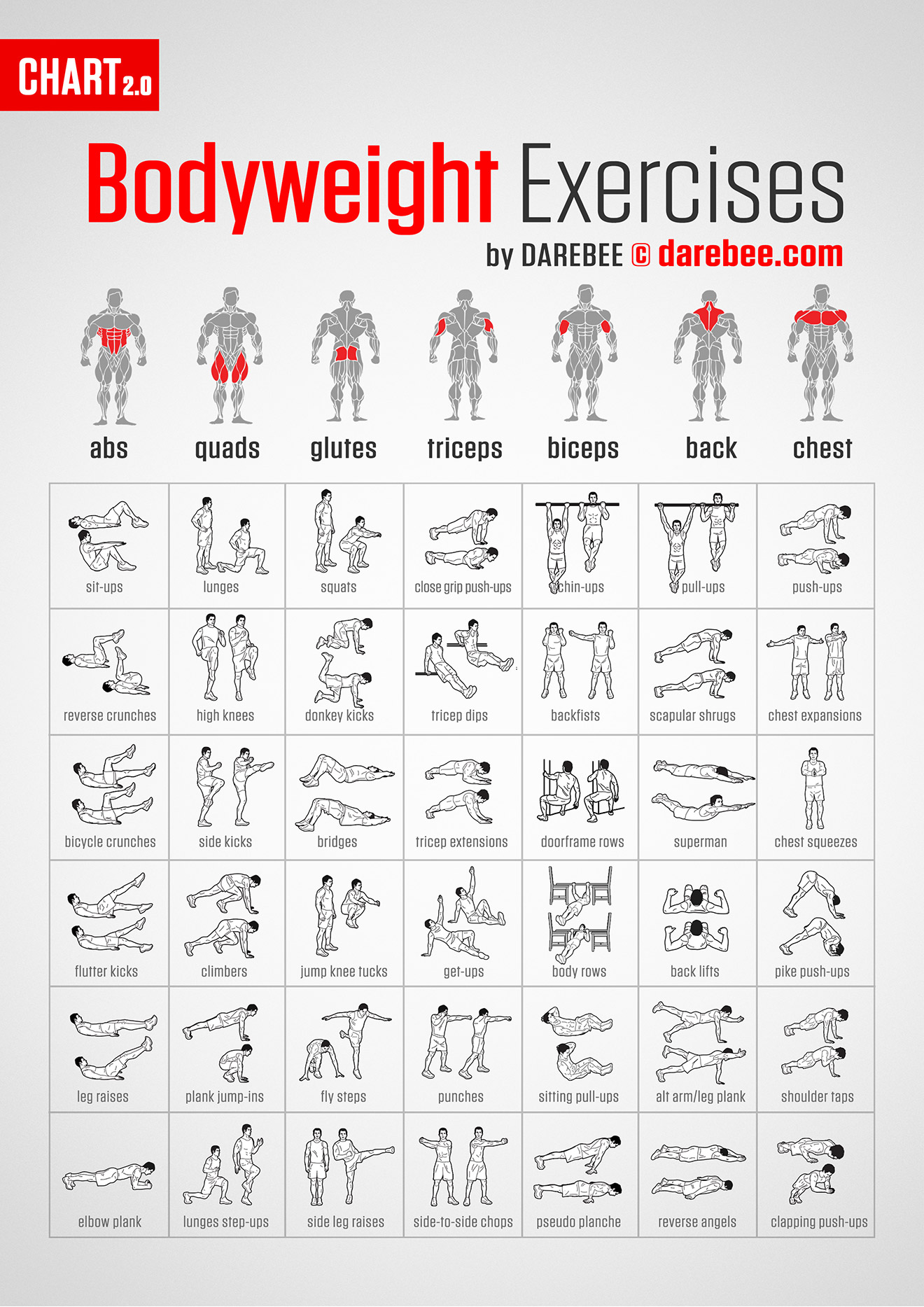
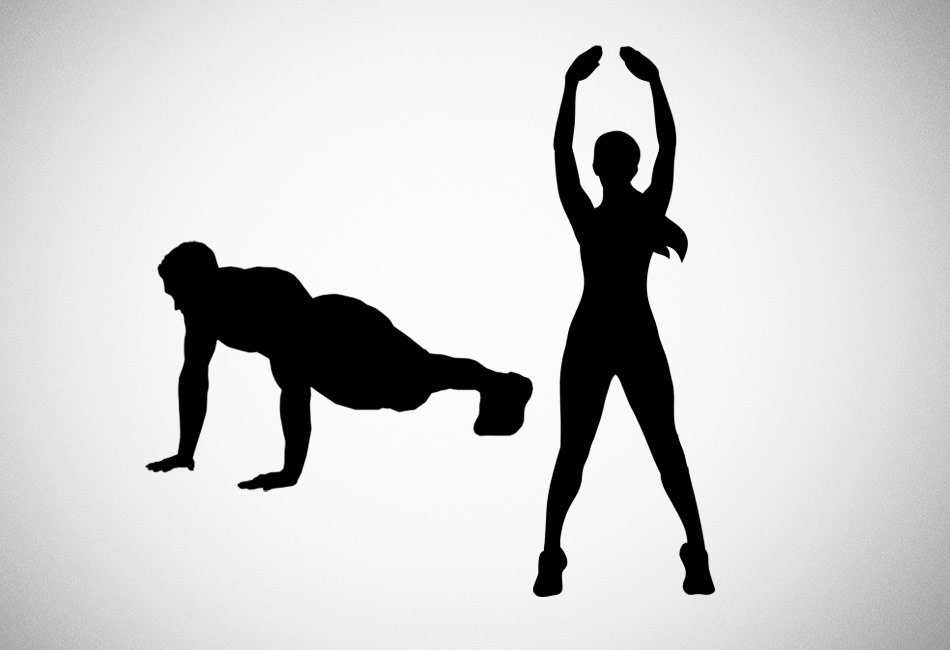
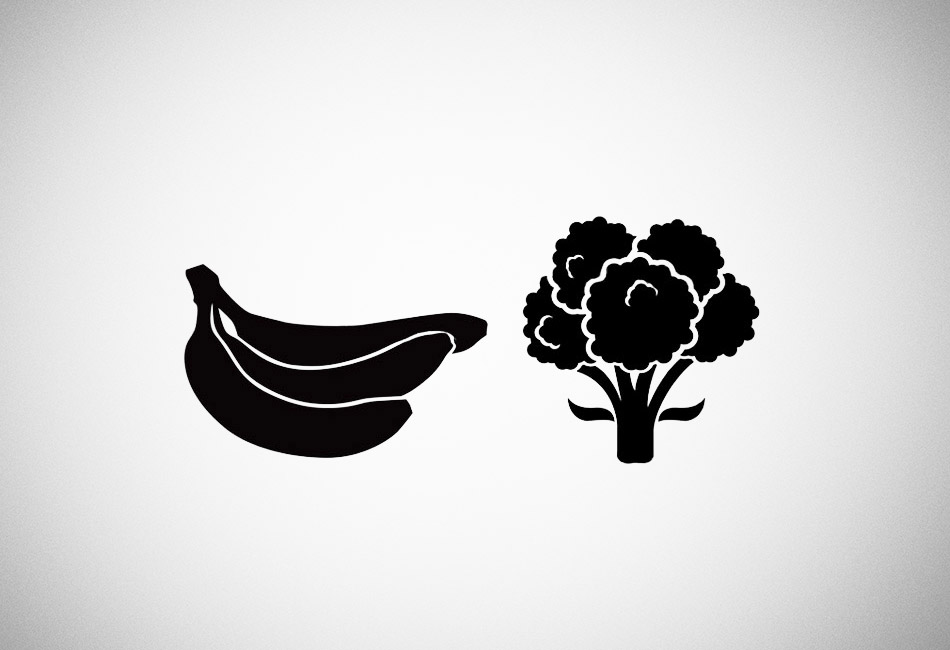
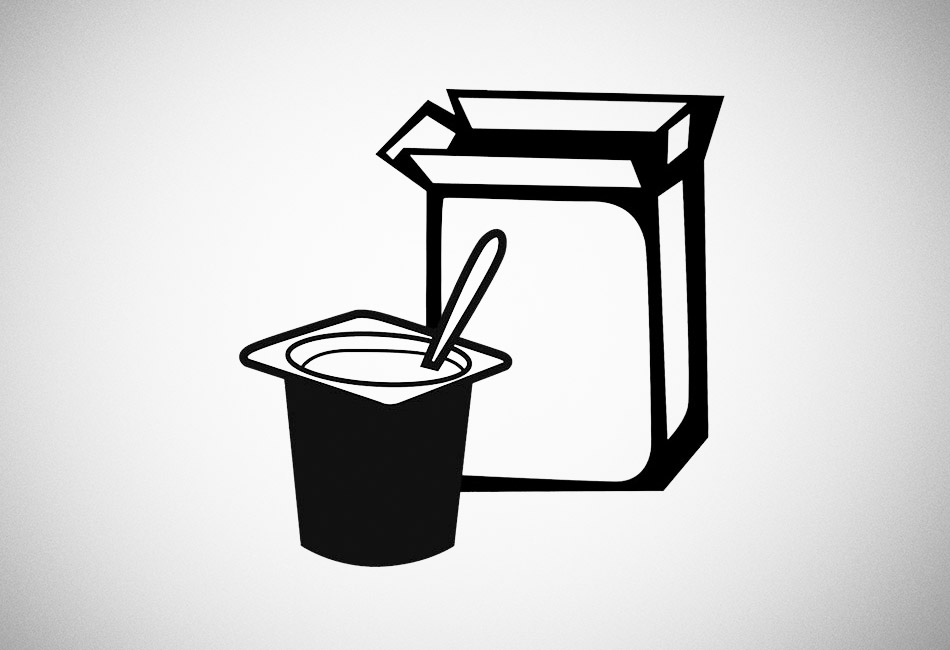
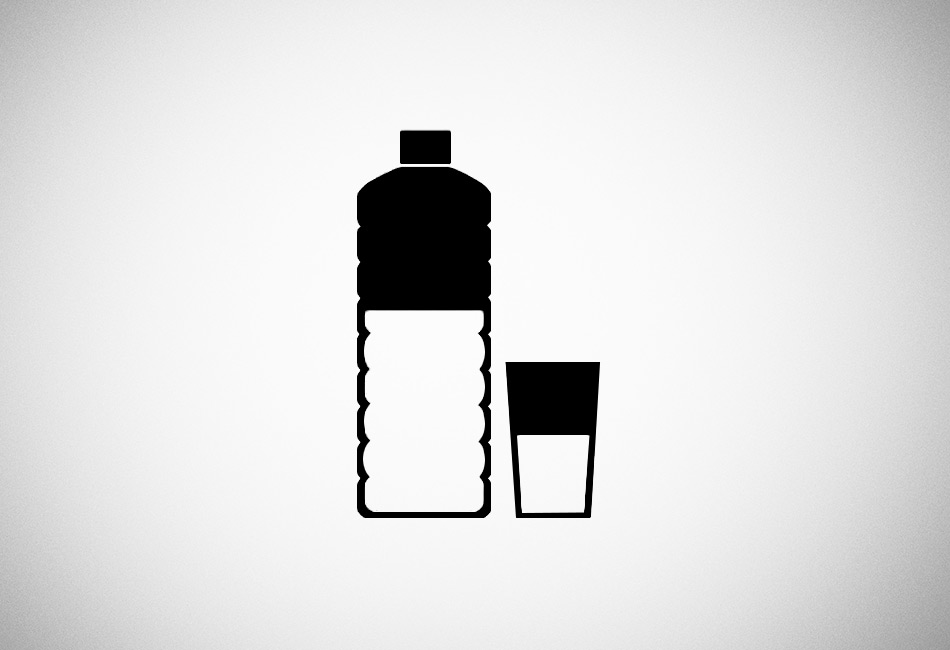
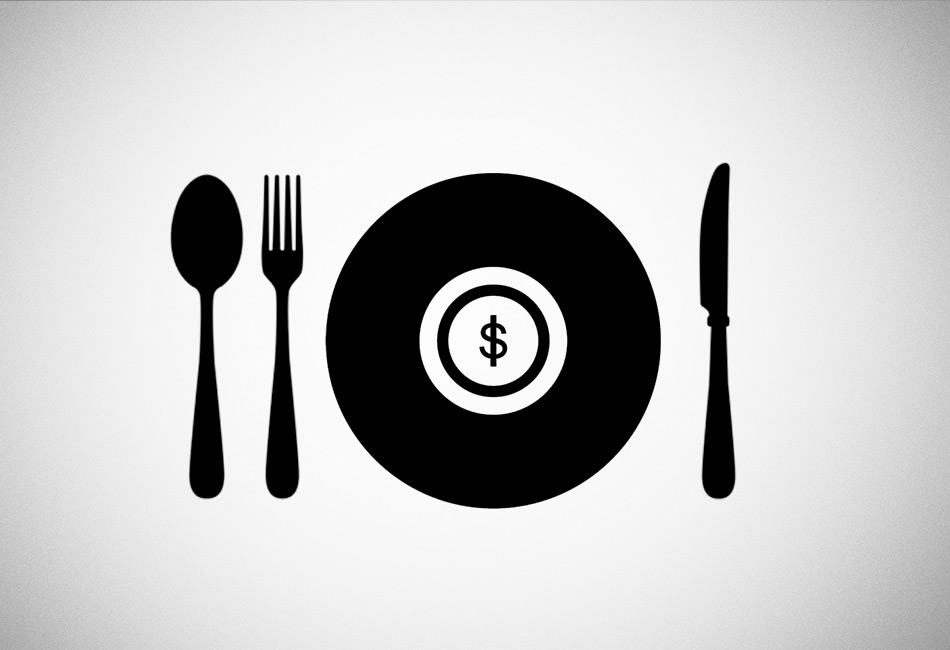
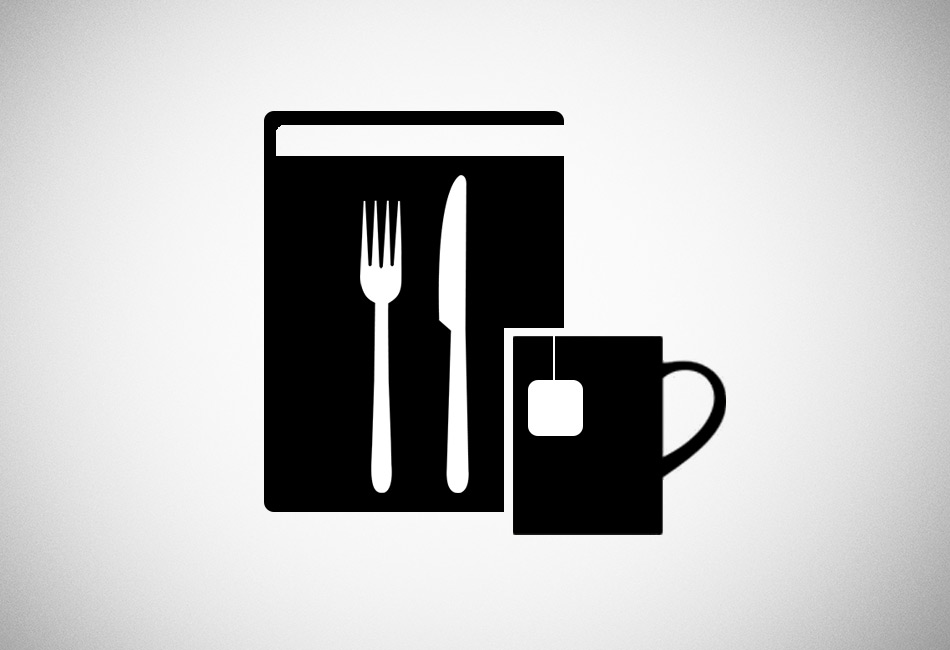
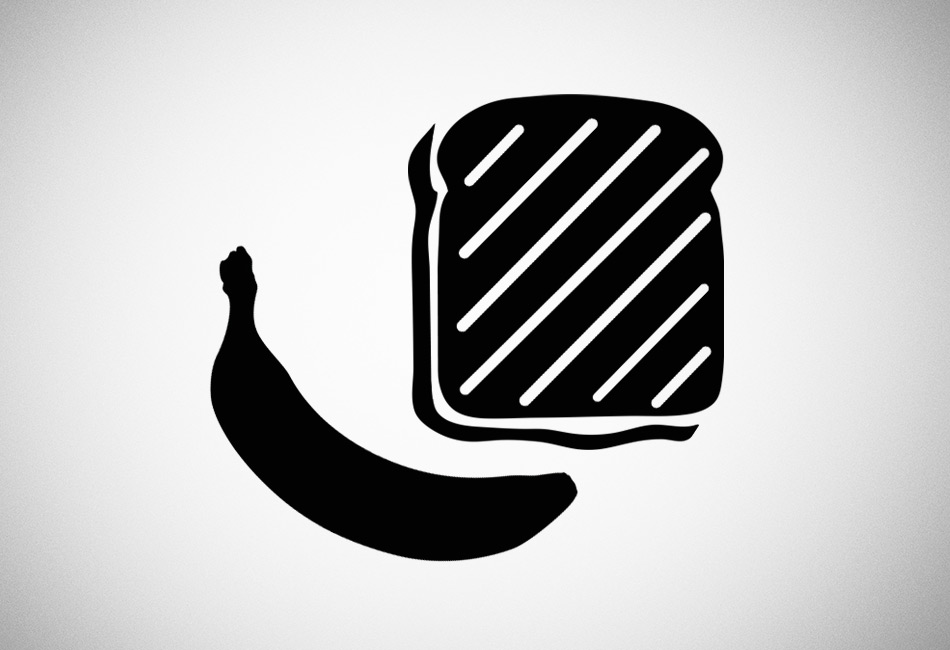


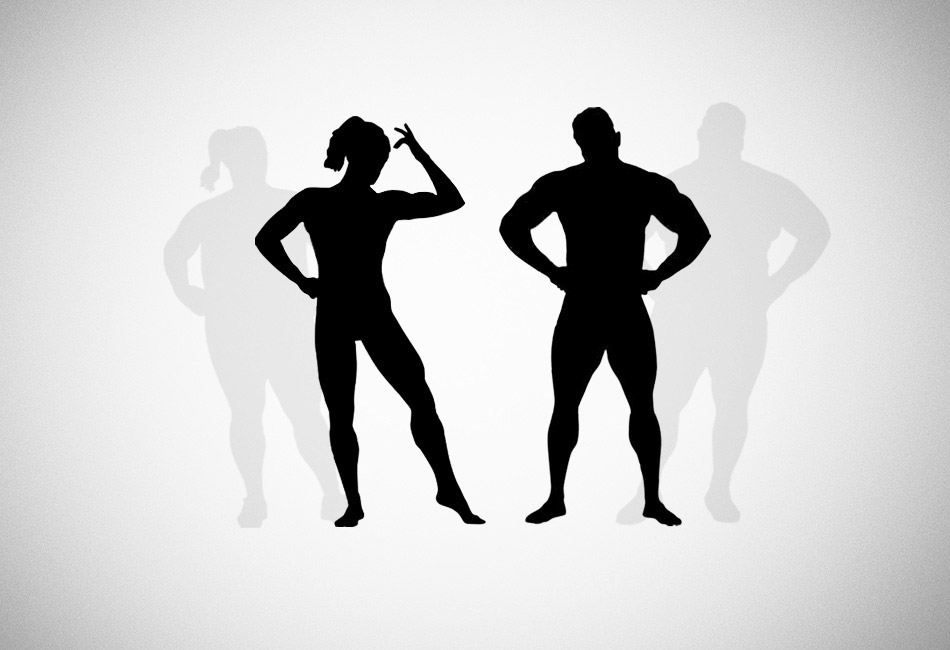
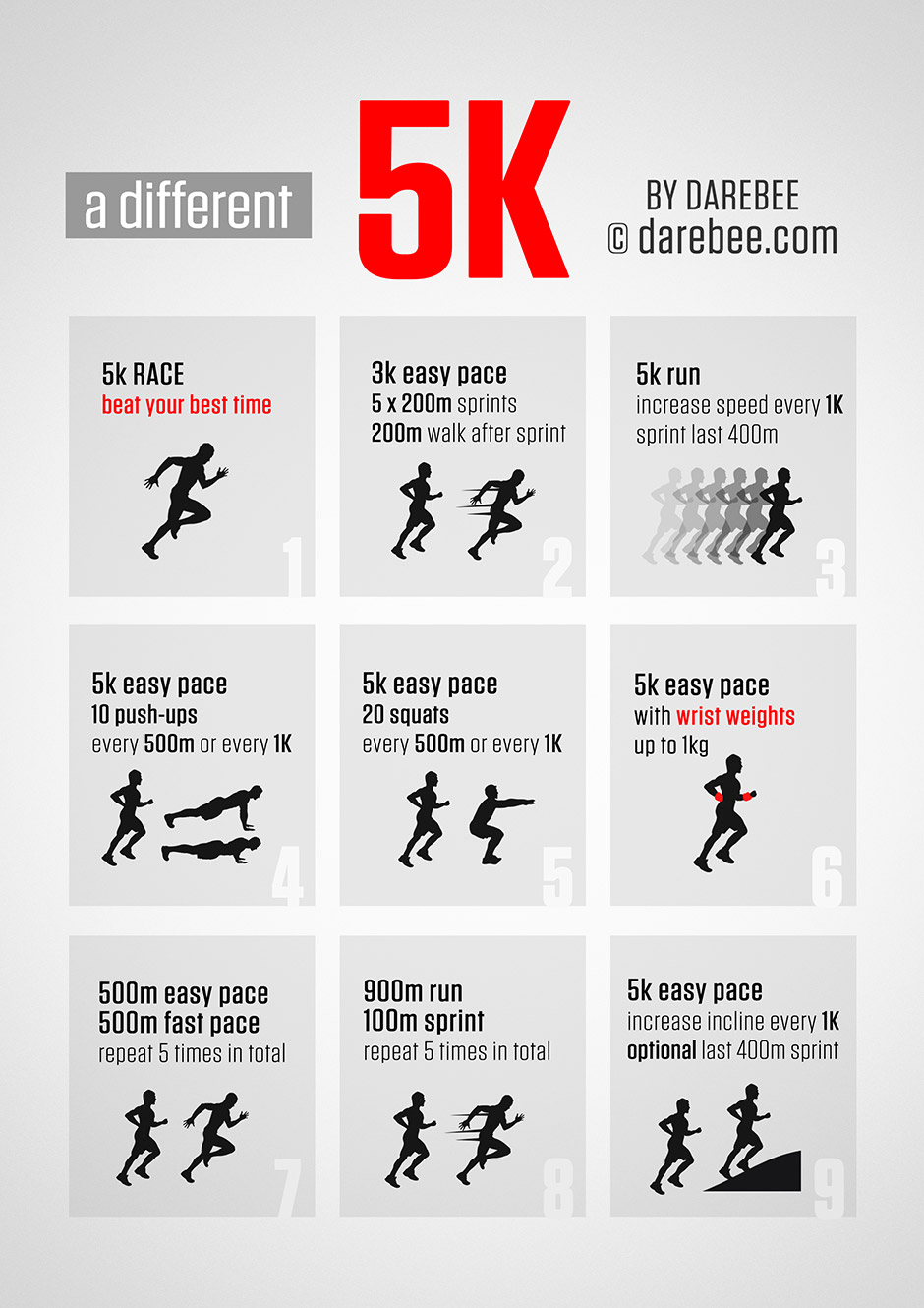
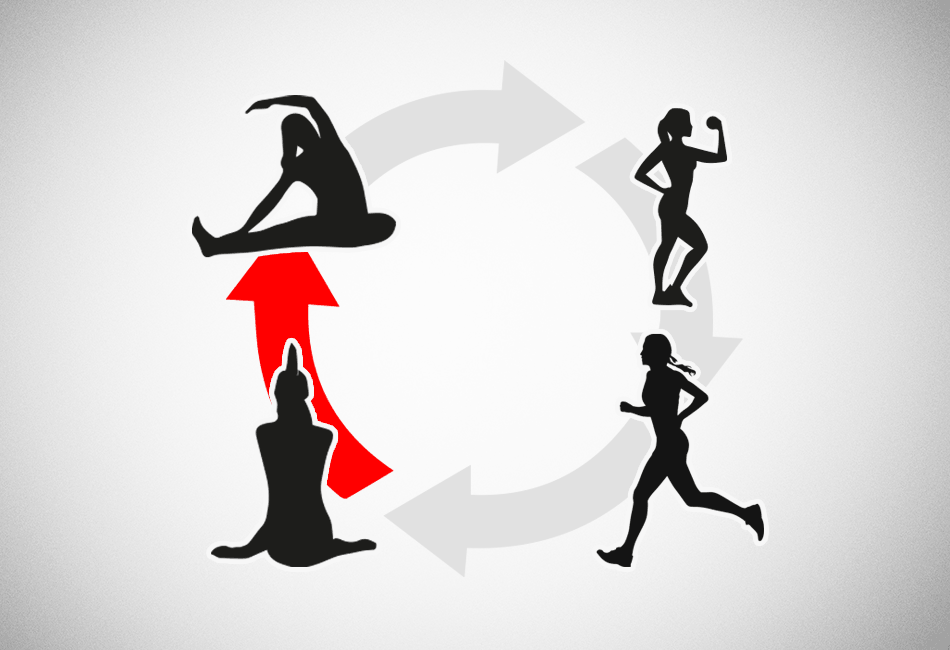
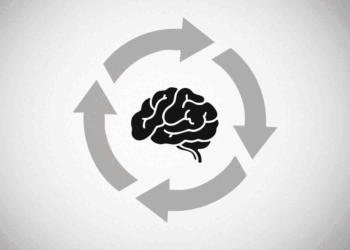

Discussion about this post